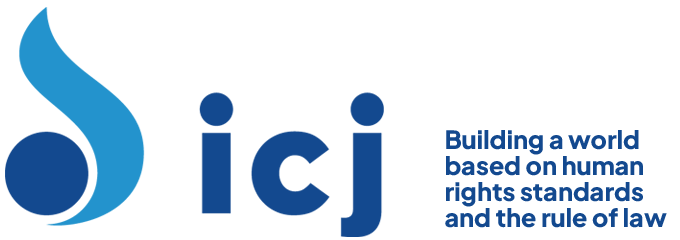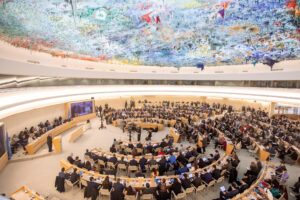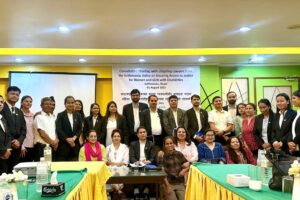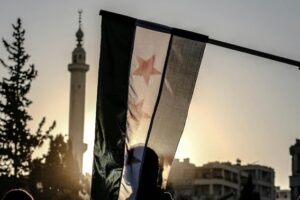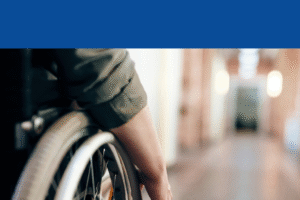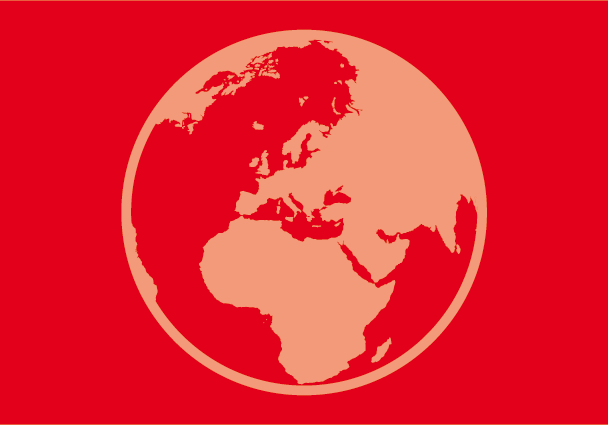
Apr 1, 2010
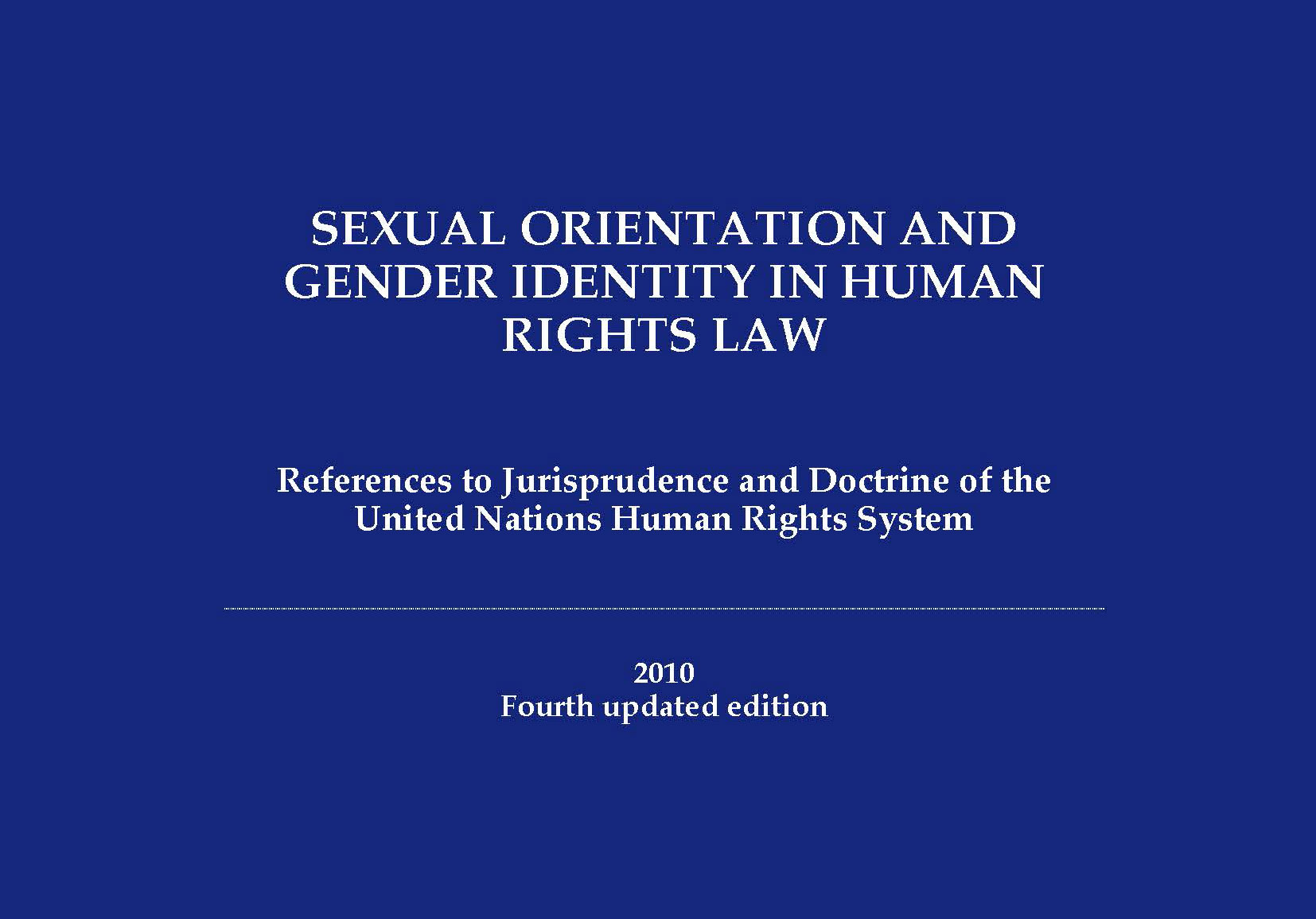 This is the fourth edition of references to sexual orientation and gender identity within the United Nations human rights system.
This is the fourth edition of references to sexual orientation and gender identity within the United Nations human rights system.
It is a comprehensive collection of jurisprudence, general comments, concluding observations, and reports from human rights treaty bodies and independent experts (also known as Special Procedures) of the UN Charter-based system.
In addition, it includes:
- speeches and press releases from the Office of the High Commissioner for Human Rights;
- the Joint Statement on Human Rights, Sexual Orientation and Gender Identity, signed by 66 States and presented to the General Assembly in December 2008; and
- excerpts from the UNHCR Guidance Note on Refugee Claims Relating to Sexual Orientation and Gender Identity.
This UN compilation covers the time period January 2007 through March 2010.
sexual orientation gender identity law UN human rights system-publication-2010
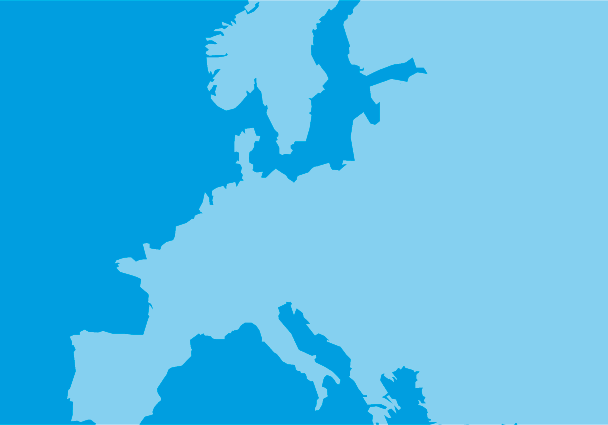
Nov 14, 2009
ICJ written comments in Public Prosecutor v. Siyah Pembe Üçgen Izmir Association in the 6th Court of First Instance of Izmir.
Turkey-prosecutor Izmir comments-analysis brief-2009 (full text in English, PDF)
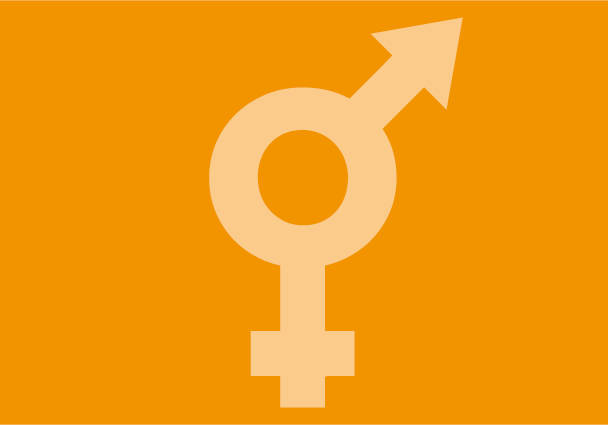
Sep 17, 2009 | Events
The ICJ and other NGOs are hosting a side event at the 12th Session of the Human Rights Council: the Role of International Law in the Protection of People of Diverse Sexual Orientations and Gender Identities.
Featured speakers include ICJ Commissioner Vitit Muntarbhorn, Kenya National Human Rights Commissioner Lawrence Mute, and Alternative Law Forum co-founder Arvind Narrain. The occasion is also the launch of the Practitioner’s Guide on Sexual Orientation, Gender Identity, and International Human Rights Law.
HRC Side Event on Sexual Orientation and Gender Identity-Events-2009 (Full text, DOC)
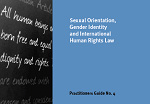
Jul 23, 2009
Esta guía explica como el derecho internacional puede y debe ser usado para proveer a las víctimas de violaciones de derechos humanos en el campo de la orientación sexual o la identidad de género, de la protección que merecen.
La guía explica como aplicar los Principios de Yogyakarta, recientemente adoptados, y contiene pasajes seleccionados de decisiones de cortes y tribunales regionales.
En cualquier parte del mundo, con independencia del entorno político, cultural o religioso, se cometen violaciones de derechos humanos en razón de la orientación sexual o la identidad de género real o percibida de las personas, incluídas violaciones graves como la detención, la tortura y las ejecuciones extrajudiciales.
Muchos países tienen legislación y prácticas nacionales discriminatorias, al igual que leyes que penalizan expresiones de la orientación sexual y la identidad de género.
Todos los seres humanos son personas ante la ley con independencia de su orientación sexual o identidad de género, y gozan de los derechos y libertades que se derivan de la dignidad inherente a la persona humana, así como de la igualdad ante la ley sin discriminación.
Los jueces y abogados, desempeñan un papel esencial como protectores y garantes de los derechos y libertades de todas las personas, con independencia de su orientación sexual o de su identidad de género.
El derecho internacional provee a la judicatura y al gremio legal de una poderosa herramienta para la protección de los derechos negados en base a la orientación sexual y la identidad de género.
sexual orientation international law-Practitioners Guide-2009-spa (texto completo en español, PDF)
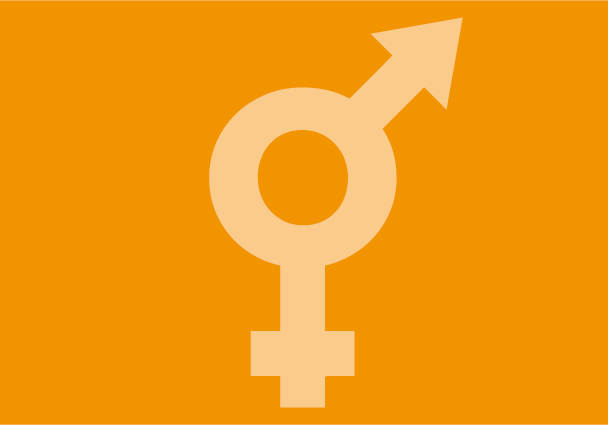
Jul 22, 2009 | News
The ICJ releases the electronic version of Practitioners’ Guide No. 4: Sexual Orientation, Gender Identity and International Human Rights Law.
Around the world, people of diverse sexual orientations and gender identities are singled out for abuse. In states with laws that criminalize same-sex sexual conduct, LGBT people are arrested, detained, tortured, and, in some cases, executed.
Even in states with no official penal sanctions, LGBT people are the target of violent hate crimes, harassment, and ostracism. They live in fear of losing their jobs, their housing, and their families, all because of how they live and whom they love.
For the past five years, ICJ has worked on promoting the applicability of human rights law to violations based on sexual orientation and gender identity. Together with the International Service for Human Rights, ICJ facilitated the development of the Yogyakarta Principles.
This document, drafted by a distinguished group of human rights experts, articulates the human rights principles that apply to sexual orientation and gender identity, and identifies the legal sources of States’ obligations to protect, promote and fulfil rights.
Drawing on the Yogyakarta Principles, the ICJ wrote the Practitioners’ Guide to provide judges, lawyers, and activists a detailed understanding of the legal foundations for the protection of people victimized on the basis of their sexual orientation or gender identity.
The Practitioners’ Guide offers a comprehensive review of the principles of non-discrimination, equality, and privacy. It then analyzes the scope and nature of the legal prohibition against some of the most severe violations – torture, deprivation of liberty, extrajudicial and arbitrary executions, and denial of the rights to freedom of expression, association, and assembly.
Through the Practitioners’ Guide, the ICJ hopes to increase awareness of human rights principles that protect people of all sexual orientations and gender identities, as well as to encourage legal advocacy.
For the text of this Practitioners guide, see Sexual orientation, gender identity and international human rights law – Practitioners’ guide, no. 4

 This is the fourth edition of references to sexual orientation and gender identity within the United Nations human rights system.
This is the fourth edition of references to sexual orientation and gender identity within the United Nations human rights system. 